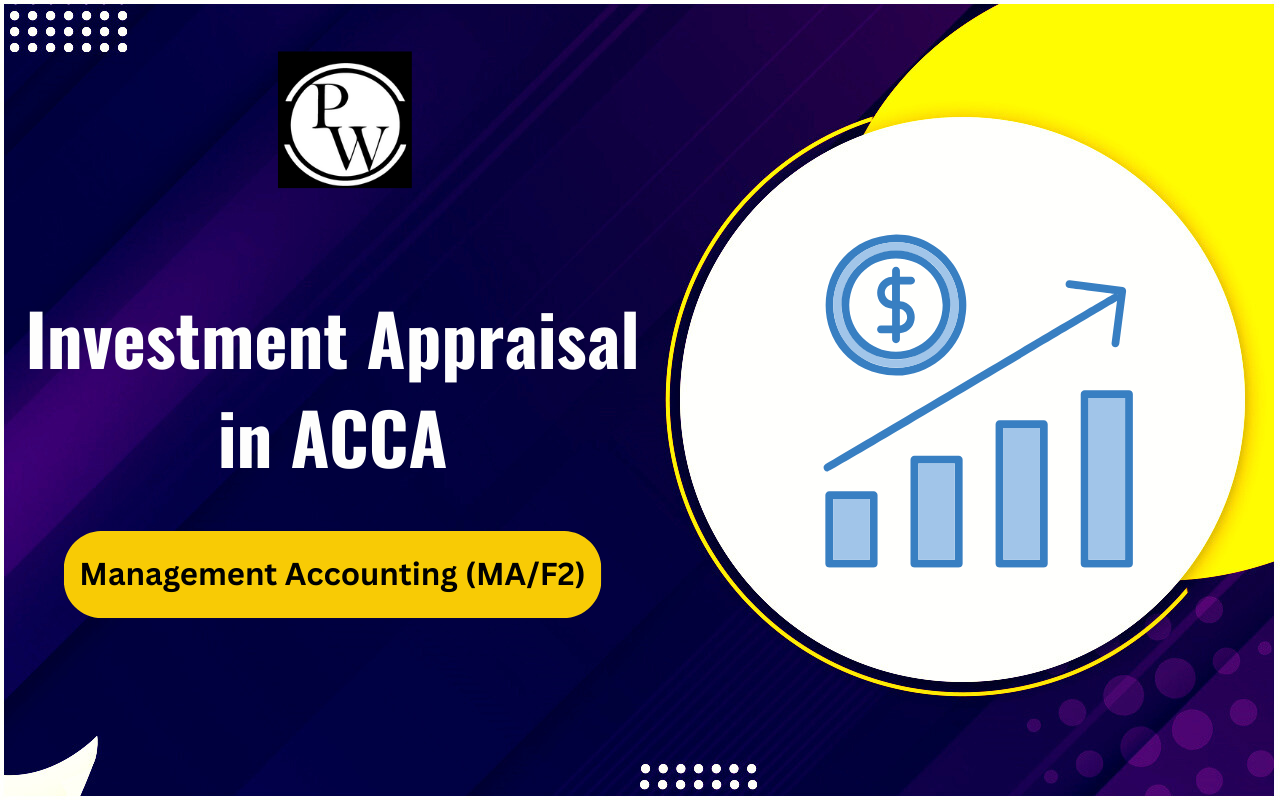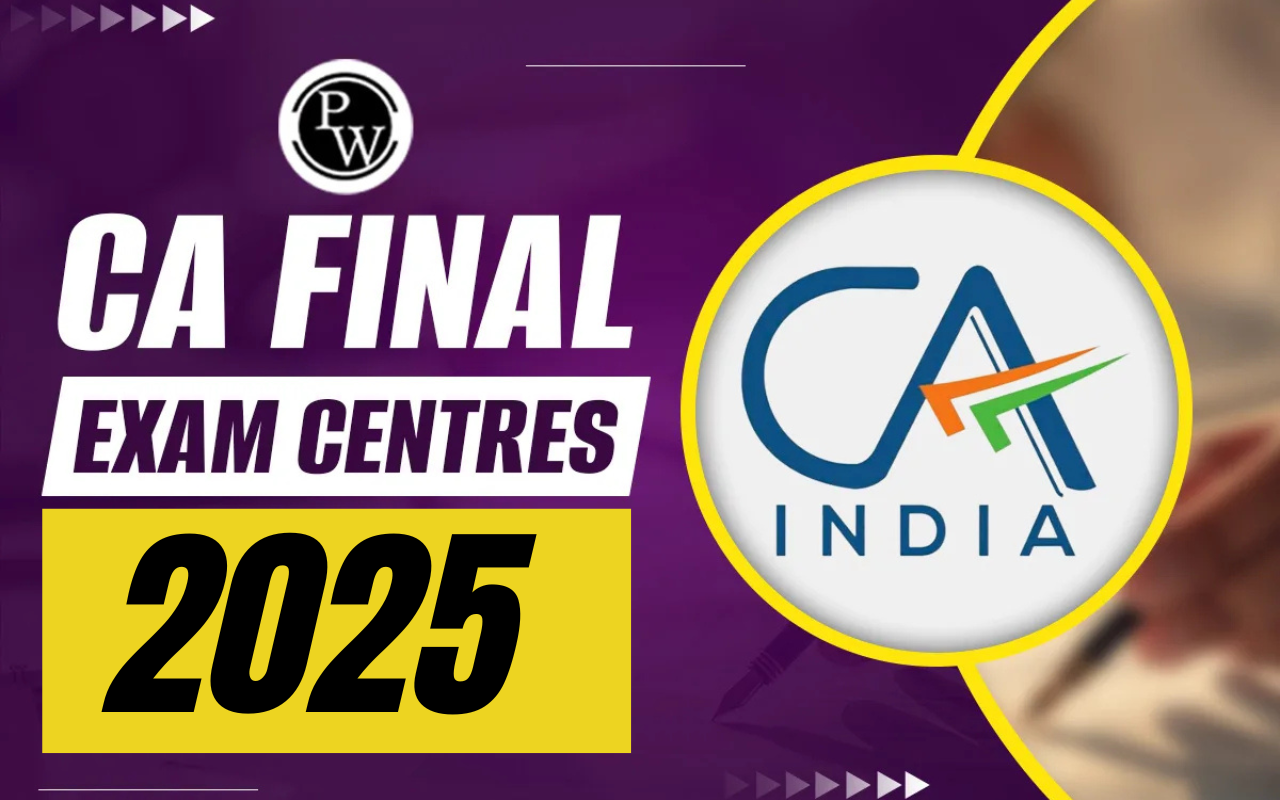
Treasury and Cash Management plays a pivotal role in ensuring an organization has the right amount of liquidity to meet its operational needs while maximizing returns on idle funds. As a CA student, understanding Treasury and Cash Management is essential for CA exams, as it is a key component of financial management and corporate finance.
What Is Treasury and Cash Management?
Treasury and Cash Management refers to the process of managing an organization’s cash flows, investments, and financial risks. The primary objective is to ensure that there is enough liquidity to meet daily operational needs while optimizing the use of excess funds to generate returns.
Key aspects of Treasury and Cash Management include:
- Liquidity Management: Ensuring there is enough cash available to meet short-term obligations.
- Investment Management: Making strategic investments to earn returns on surplus cash.
- Risk Management: Identifying and mitigating financial risks such as currency fluctuations and interest rate risks.
- Cash Flow Forecasting: Predicting future cash inflows and outflows to plan for financial stability.
Effective Treasury and Cash Management helps organizations maintain financial stability, reduce borrowing costs, and enhance profitability.
Difference Between Treasury and Cash Management
While Treasury and Cash Management are closely related, they serve distinct purposes. The following table highlights their differences:
|
Difference Between Treasury and Cash Management |
||
|
Feature |
Treasury Management |
Cash Management |
|
Scope |
Broader focus on managing financial risks, liquidity, and investments |
Narrow focus on handling day-to-day cash transactions |
|
Objective |
Optimize financial strategy and risk management |
Ensure sufficient cash for daily operations |
|
Functions |
Investment management, hedging, financial planning |
Managing receivables, payables, and cash flow forecasting |
|
Time Horizon |
Long-term focus on financial stability |
Short-term focus on liquidity needs |
|
Tools Used |
Financial derivatives, hedging instruments, investment strategies |
Bank accounts, cash flow statements, short-term credit facilities |
Also Check: Audit of Items of Financial Statements
Importance of Treasury and Cash Management in Business
Businesses, both small and large, rely on Treasury and Cash Management to maintain smooth financial operations. The following is why it is crucial:
- Ensures Liquidity: Without proper cash management, businesses may face cash shortages, leading to financial distress.
- Minimizes Financial Risks: Managing foreign exchange risks, interest rate fluctuations, and credit risks are key functions of treasury management.
- Optimizes Working Capital: Efficient cash management ensures that businesses utilize working capital effectively.
- Enhances Profitability: Properly investing surplus cash in short-term instruments can generate additional income.
- Supports Strategic Decision-Making: Accurate cash flow forecasts help in making informed financial decisions and long-term planning.
Key Strategies in Treasury and Cash Management
To efficiently manage cash and treasury functions, businesses employ several strategies:
1. Cash Flow Forecasting
One of the essential aspects of Treasury and Cash Management is predicting future cash flows. By analyzing past data and upcoming transactions, businesses can anticipate cash needs and prevent shortages.
- Use historical data to identify cash flow trends.
- Monitor accounts payable and receivable regularly.
- Implement technology-driven forecasting tools for accuracy.
2. Centralized vs. Decentralized Treasury Management
Businesses can choose between centralized and decentralized treasury structures based on their needs.
- Centralized Treasury Management: The treasury function is managed from a single location, allowing better control and efficiency.
- Decentralized Treasury Management: Each business unit or subsidiary manages its treasury independently, offering flexibility.
Choosing the right approach depends on the organization’s size, complexity, and operational structure.
3. Investment and Cash Optimization
Excess cash should not sit idle; instead, it should be invested in safe and liquid financial instruments such as:
- Money market funds
- Treasury bills
- Short-term fixed deposits
These investments ensure that cash is utilized effectively while remaining accessible when needed.
4. Risk Management in Treasury Operations
Financial risks such as foreign exchange fluctuations, interest rate volatility, and credit risks can impact an organization’s financial health. Some risk management strategies include:
- Hedging: Using financial instruments like forward contracts and options to mitigate currency risks.
- Diversification: Spreading investments across various asset classes to minimize risk.
- Credit Risk Assessment: Evaluating the creditworthiness of customers and suppliers to avoid bad debts.
Mastering Treasury and Cash Management is crucial for CA students, as it forms the foundation of financial management. From ensuring liquidity to optimizing investments and mitigating risks, treasury functions play a key role in business success. Understanding these concepts will not only help you in your CA exams but also prepare you for real-world financial challenges.
If you’re looking to prepare for the CA exam, PW CA Courses provide guidance, structured learning, and practical insights to help you.
| Also Check: | |
| Employee Costs and Direct Expenses | Joint Products |
| Process And Operation Costing | Assets Based Accounting Standards |
| Cost and Management Accounting | E-Way Bill |
Treasury and Cash Management FAQs
What is the main purpose of Treasury and Cash Management?
How does cash flow forecasting help in Treasury and Cash Management?
What are some common investment options in Treasury and Cash Management?
What are the key risks in Treasury and Cash Management?








